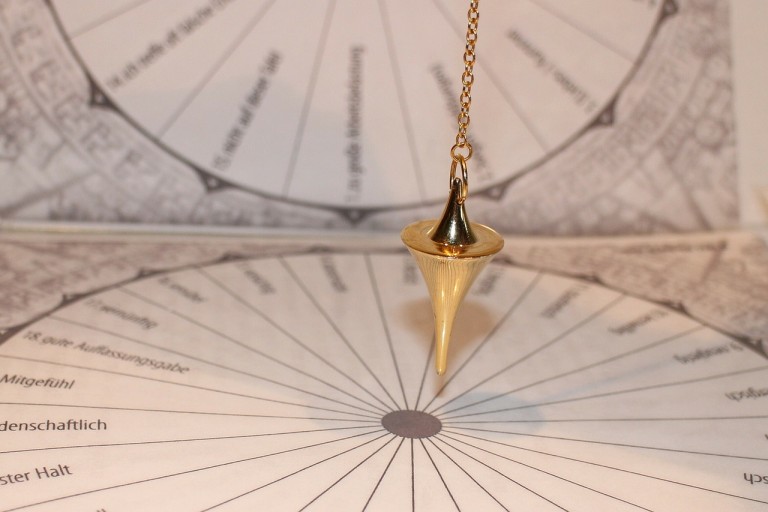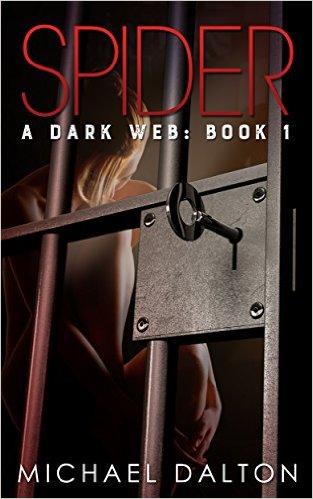7 Ways To Improve Your Story’s Sex Life
It’s the best of times. It’s the worst of times. It’s not a tale of two cities, but the tale of the erotica genre and how certain best-selling books brought it to the forefront, while at the same time, spurring outlets like Amazon to ban books, slapping the “Adult” filter on certain works, relegating them to a book dungeon where they’d never see the light of day via traditional searches. Other book outlets simply pulled titles from the virtual shelves in a knee-jerk reaction to claims that many of their books may have violated terms of services regarding content.
Thus, the reason I say the Fifty Shades books didn’t open up erotica reading as much as the claims touted. It was my hope that the exposure of readers to sensual scenes, “in your face” prose would have stopped censoring and book-banning once and for all. In my mind I saw more people reading this category, and book stores (what’s left of them) featuring shelves of books from the classic, Victorian style to the modern themes, which feature same-sex unions and dark subjects.
Instead, authors were forced to scrutinize their book covers so the images weren’t too sexy, and to scrub their plotlines free from forced seduction, rape for titillation, and incest. While many authors experienced their incomes being sliced to shreds, others turned on their creative juices and took a walk on the daring or comical side of erotica, creating monster porn, dino-porn, and stories featuring zombies. The readers lapped it all up, and several writers walked away laughing all the way to the bank.
Erotica is that mysterious genre, that dark area where angels fear to tread, and a glorious demon grins with blazing, lustful eyes, knowing that we’re all sexual creatures, and that sex is truly the seat of creation in more ways than just the physical. The demon isn’t evil at all, but simply labeled as such by people uncomfortable with sex, ones who cover their eyes, vowing they don’t read “that nasty stuff,” ones who see sex in a narrow, compartmentalized manner.
When people think of erotica, they’re aware of the graphic sex featuring hot scenes where the physical act is not left to imagination, but flung wildly in your face. The whole purpose is to titillate or arouse. That’s the nature of the genre. In those scenes, the reader is allowed into the head of the character and permitted to know every thought and sense every feeling, from the slightest throb to a full-blown orgasm. The reader is taken on an intimate journey they may never consider in real life. With erotic novels, the reader can explore and experience all kinds of sex in a safe manner, no risk, no harm. That’s the beauty of literary erotica, with its thought-provoking characters and settings that accommodate any heat level an author wants to create.
But as a writer, what if you really don’t care for full-blown erotica, where the sex usually drives the story, but you would still like to add some spice and zip to your scenes?
Here are some simple tips to spruce up your work and improve your story’s sex life:
- Determine your heat level, how hot you want to go with the scenes and the language. Level one is tame. No consummation, no graphic language. You won’t really allude to sex at all. You’ll find this in Christian work, for example. The writer may note how a character likes another when they’re brushing their hair by the fire, or the way a character carries himself/herself with confidence when they’re feeling a surge of emotion or stand up for a cause. It’s the subtle things most of us know on an inner level, but may not take the time to think about. Level two, however, involves consummation of a relationship, and the higher the level, the more intense and explicit the sex and language, reaching full-blown proportions at level five.
- Decide if your characters having sex serves a purpose to the story. Is the sex a declaration of love, a mere one-night-stand, a means for black-male, a trap to get revenge? Decide what you want to achieve by placing a sex scene or several scenes in your story. Sometimes characters want to explore that part of themselves in more detail, while others may want some pure lusty fun and nothing more. A good thriller or suspense novel may include characters using sex for more sinister purposes.
- Choose your words wisely. Do you know that some people who take a more cerebral approach to erotica believe that sex in and of itself has nothing to do with an erotic piece. They believe that erotica addresses and focuses on desire, and that a successful erotic piece may actually contain no physical sex whatsoever. The desire addresses an inner need or hunger or compulsion to explore, feel, or have an experience. The heavy breathing, throwing off of the clothes, and going at it hard and heavy don’t make it in these types of books. They choose words to describe what is seen by a character, such as the texture of skin, the color of a woman’s lips, curvature of a man’s chest or a woman’s buttocks or breasts. They delve deep into the mind and push a character’s boundaries, insisting that characters take a risk, bare their souls, and make themselves vulnerable. It’s the loosening of the spirit where shame takes a back seat and doesn’t show its face. Sometimes it’s the opposite, simply overcoming shame and guilt. It’s moving past inhibitions and sensing true freedom. Words capture all these emotions and dig deep into the guts of the human psyche.
- Explore the vernacular used in erotica, learning different ways to describe anatomical parts. It’s strange writing erotic scenes at first, and when I first wrote erotica, I gave way to flowery prose reminiscent of the classic Victorian erotica stories. As I got more advice from experienced writers in the genre and became desensitized to the act of writing about the human body and the sensations of sex, I used the common words one will find in sex scenes. Many writers feel that certain terms contain the rawness that goes with erotic writing, and that it’s much simpler and easier to get your point across in stories. Depending on what you’re writing, you may want softer words for stories where the goal may be to lightly entice or to create a scene that may be more realistic to a certain age range. For example, YA literature brushes the beginnings of emotion, how a guy feels when he holds a girl’s hand for the first time, or how a kiss may lead a body to feel certain sensations, all without going into detail, but definitely creating a scene the reader relates to and remembers when he/she was that age.
- Get creative with your settings. You don’t have to have your characters do everything in bed. What about out in the woods behind a tree, or in a car, or a quickie behind the file cabinets in the storage room of an office? Make a list of all the crazy places where people can get it on.
- Create consequences for the sex act. Will love be won? Will the lover skip out on the other in the dead of night? Will a character use the intimate experience to get something else they want? Will the character evolve into a more powerful, confident person? Is the sexual experience a healing one? What is the purpose when all is said and done? The character usually comes away from an encounter changed somewhat—or perhaps a little more of him/her dies. You decide.
- Don’t be afraid to create a twist or push yourself to the extremes. Create stories that go against the grain. Try writing the most disgusting scene using the most provocative prose so a reader actually slips into the scene and finds themselves utterly fascinated. What about people whose bodies don’t fit the handsome/pretty, buffed/stacked requirements that society had decided everyone must meet to perfection? Does someone with a disability not feel sexual desire, not want to be loved and held like anyone else? What about someone who is blind and can’t see, but can only feel? What about someone who’s deaf and can’t hear the dirty, turn-on words that drive other people thrashing beneath the covers? How would a lover explain to a deaf person that they want to engage in sex with them? Of course, there are the same sex stories, which have an appeal to a certain audience as well. Someone once told me that lesbians, gays, and transgender people have such a narrow choice when it comes to enjoying the type of entertainment they crave, stories that move them in their own way and that are unique to their preferences and the way they think. More work would be greatly appreciated by this group.
Writing about sex is not the easy way out. The notion that authors who can’t write, write about sex is a totally ludicrous one. Writing about sex, first of all, requires a certain comfort level using the “bad” words. Writing about sex takes forethought, skill, and practice, knowing clearly where you intend to go with the story, and how you want to portray the scene, and how much you want to pick the characters’ brains. It takes great skill and courage to flesh out the emotions, sometimes having to engage in a little self-reflection to enrich the scene or the prose. Just remember that in spiritual teachings, the sex energy is the seat of creation, and anything you pursue or create with great passion and desire can come to fruition.
About the author:
Scarlet Darkwood is an indie author. Writing in several genres allows her to unleash her imagination in different directions, creating stories for different audiences. Always preferring avant garde themes, her stories will take the reader on an unusual adventure, exploring the darker parts of the human psyche.
Visit Scarlet Darkwood:
Blog: www.scarletdarkwood.com
Amazon Page: http://amzn.to/1MiBaFt




